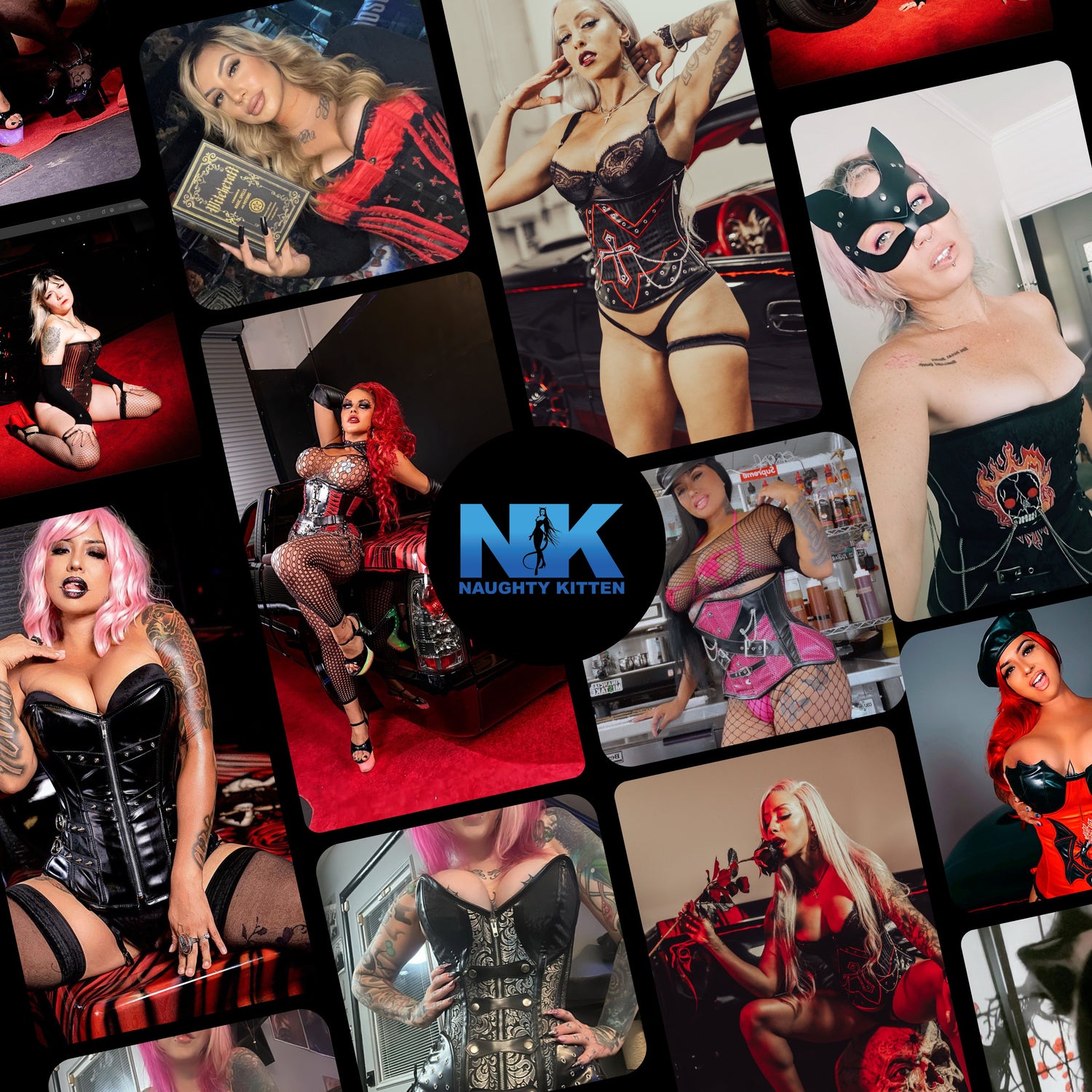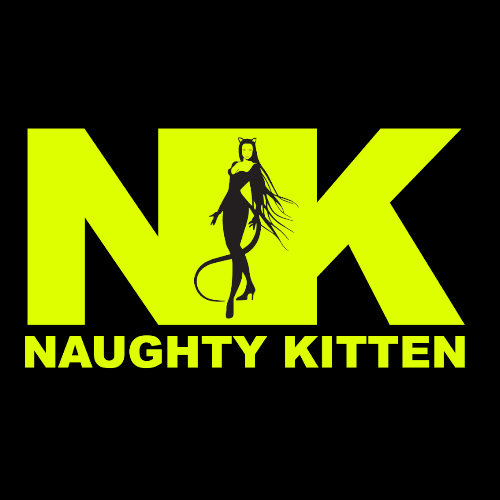Welcome to the spine-chilling world of horror film music!
Introduction:
From the eerie melodies that send shivers down your spine to the hair-raising crescendos that make you jump out of your seat, the haunting music of horror films is a crucial element in creating a truly terrifying experience.

The Role of Music in Horror Films:
In the dark, atmospheric world of horror films, music serves as a powerful tool to manipulate our emotions and intensify our fear. The right combination of sounds can heighten suspense, build tension, and deliver spine-chilling thrills. Here are some key aspects of music's role in horror films:

- Setting the mood: From the first eerie notes, horror film music sets the stage, instantly creating a sense of foreboding and signalling that something sinister is about to unfold.
- Enhancing scares: Well-timed stings, dissonant chords, and unexpected musical cues amplify jump scares and create a jolting impact.
- Building tension: Creepy melodies, repetitive motifs, and escalating rhythms gradually increase the tension, making us feel on edge and anticipating the worst.
- Cueing danger: Music can act as a warning sign, signaling the presence of an imminent threat or an approaching villain.
Evolution of Horror Film Music:
- Over the years, horror film music has evolved alongside the genre, adapting to changing storytelling techniques and audience expectations. From the classic horror films of the early 20th century (Collider 2022) to the modern blockbusters (Rolling Stone 2020), here are some noteworthy highlights in the evolution of horror film music:

- Silent era to talkies: In the early days of cinema, silent horror films relied heavily on live musical accompaniment to enhance the eerie atmosphere. With the advent of sound in movies, composers began exploring new ways to utilise music in storytelling.
-
Golden age of horror scores: The 1930s and 1940s saw the rise of memorable horror film scores, with legendary composers like Franz Waxman (franzwaxman.com 2023) and Max Steiner (YouTube 2014) crafting spine-chilling music for iconic movies like "Bride of Frankenstein" (TV Tropes 2023) and "King Kong." ( King Kong Wiki 2023).

- Experimental sounds: In the 1960s and 1970s, filmmakers and composers began experimenting with unconventional sounds, dissonant tones, and electronic music to create unique and unsettling scores. This era gave birth to avant-garde composers like Krzysztof Penderecki (Britannica 2023), and electronic pioneers like Wendy Carlos. (The Guardian 2020).
- Modern approaches: Contemporary horror film music combines elements from various genres, including orchestral arrangements, electronic elements, and experimental techniques. Iconic composers like John Williams (Vanity Fair 2023), Hans Zimmer (Encycapedia.com 2023), and Christopher Young (Officialchristopheryoung.com 2023) continue to push the boundaries of musical innovation in horror films.
Elements of Spooky Scores:
Creating a chilling and spooky atmosphere requires a careful selection of musical elements and techniques. Here are some key elements found in spine-tingling horror film scores:

- Dissonance and tension: Discordant notes and unresolved harmonies create a sense of unease, adding to the unsettling nature of horror music.
- Unconventional instruments: Composers often experiment with unique and unexpected instruments to achieve eerie sounds. From theremins to bowed metal, these instruments add an otherworldly quality to the music.

- Atmospheric sound design: Beyond traditional instrumentation, horror film scores incorporate atmospheric sounds and textures that immerse the audience in the terrifying world on screen.
- Silence as a weapon: The absence of music, strategically placed in suspenseful moments, can be just as effective in building tension and making the audience hold their breath.
Iconic Horror Movie Themes:
Throughout the history of horror films, certain themes have become legendary, evoking immediate recognition and sending chills down our spines. Here are a few unforgettable horror movie themes that have stood the test of time:
- "Halloween" (1978) by John Carpenter: This minimalist yet haunting theme, composed by director John Carpenter himself, perfectly captures the relentless, stalking presence of Michael Myers.
- "Psycho" (1960) by Bernard Herrmann: Bernard Herrmann's screeching violin strings in the shower scene of Alfred Hitchcock's "Psycho" have become iconic, synonymous with horror and suspense.
- "The Exorcist" (1973) by Mike Oldfield: Mike Oldfield's eerie, haunting melody in "Tubular Bells" has become inseparable from the chilling possession story of "The Exorcist."
- "Jaws" (1975) by John Williams: John Williams' simple yet effective two-note motif in "Jaws" is a masterclass in tension-building, creating a sense of impending danger lurking beneath the surface.
Psychological Effects of Horror Music:
Horror film music has a profound psychological impact on the audience, tapping into our deepest fears and primal instincts. Here are some psychological effects of horror music:

- Fear conditioning: The combination of dissonant sounds, sudden loud bursts, and intense musical cues conditions our minds to associate these sounds with fear and danger.
- Emotional manipulation: Horror music can elicit strong emotional responses, heightening feelings of anxiety, suspense, and terror, connecting us to the on-screen events on a visceral level.

- Suspense and anticipation: Tense, repetitive motifs and gradual build-ups keep us on the edge of our seats, creating an anticipatory anxiety as we wait for the next scare.
- Immersion and engagement: By using music to enhance the atmosphere, horror films draw us deeper into the narrative, making us more engaged and invested in the characters' plights.
Case Studies:
Analysing Memorable Scores:
Let's dive into some case studies of horror film scores that have left an indelible mark on the genre, analysing their effectiveness in creating a chilling atmosphere:
"The Shining" (1980) by Wendy Carlos and Rachel Elkind: Stanley Kubrick's psychological horror masterpiece is accompanied by a mix of eerie, synthesizer-driven compositions and unsettling interpretations of classical pieces, creating a sense of disorienting unease. "A Nightmare on Elm Street" (1984) by Charles Bernstein: The iconic theme of this slasher film, with its haunting nursery rhyme-like melody, captures the nightmare-inducing quality of Freddy Krueger's presence.
"A Nightmare on Elm Street" (1984) by Charles Bernstein: The iconic theme of this slasher film, with its haunting nursery rhyme-like melody, captures the nightmare-inducing quality of Freddy Krueger's presence.
"It Follows" (2014) by Disasterpeace: Rich with retro synth sounds, Disasterpeace's score for this supernatural horror film creates an unnerving atmosphere and plays with the audience's expectations.

Composers in the Spotlight:
The horror genre has seen the rise of many talented composers who have made significant contributions to its unique soundscape. Here are a few composers who deserve the spotlight:

- Wojciech Kilar: Known for his work on "Bram Stoker's Dracula" (1992), Kilar's haunting and grandiose score adds depth and sophistication to the vampire tale.
- Christopher Young: With scores for films like "Hellraiser" (1987) and "Drag Me to Hell" (2009), Young displays a mastery of creating both eerie ambiance and intense, hair-raising compositions.

- Roque Baños: His work on "The Girl in the Spider's Web" (2018) and "Evil Dead" (2013) showcases his ability to craft atmospheric scores that perfectly match the tone and tension of the films.
- Joseph Bishara: Bishara's chilling scores for films like "Insidious" (2010) and "The Conjuring" (2013) have become synonymous with modern horror, utilising unique sound design and experimental techniques.
Horror Film Music Beyond the Screen:
The impact of horror film music extends beyond the confines of the movie theatre. Here are a few examples of how horror music is experienced beyond the screen:

- Haunted attractions: Horror-themed attractions and haunted houses use music to create immersive and terrifying experiences, guiding visitors through a spine-chilling journey.
- Theme park rides: Roller coasters and dark rides often feature horror-inspired soundtracks that intensify the thrills and suspense, enhancing the overall experience.

- Live performances and concerts: Orchestras and ensembles perform live renditions of horror film scores, allowing audiences to immerse themselves in the chilling atmosphere of these soundtracks.
- Halloween events and parties: Horror-themed events often incorporate spooky music playlists, creating an ambiance that embraces the macabre and sets the mood for a thrilling celebration.
Conclusion:
The haunting music of horror films has become an integral part of the genre, captivating audiences and heightening the scares. From the early classics to the modern masterpieces, composers have crafted sonic landscapes that invade our senses and tap into our deepest fears.

So, the next time you find yourself immersed in a bone-chilling horror film, pay attention to the music that accompanies the terrifying visuals. It might just be the soundtrack that lingers in your mind long after the movie ends, leaving you with goosebumps and an appreciation for the art of the spooky soundscape.
Helpful Articles:
- Unveiling the Magic: Get Ready for an Epic Halloween with Naughty Kitten's 2023 New Release Costume Collection!
- The Psychology of Fear: Why We Love to Be Scared on Halloween
- Get Ready for Halloween 2023 with the Top 10 Costumes from Our Online Store!
- Join the Ranks of Naughty Kittens! - Why Should You Join Today?
- The Kittens Program Full Guidelines: Unleashing the Power of Influence
- Unlock Your Potential: How Being an Influencer Boosts Your Image and Career
- The Power of Influencers in Today's Digital World - Unleash Your Influence
- 10 Benefits of Being a Naughty Kitten Team Member!
- 7 Reasons Why Naughty Kitten Values their Influencers?



